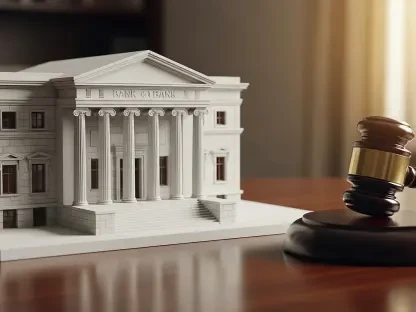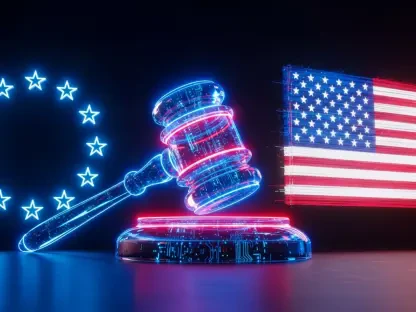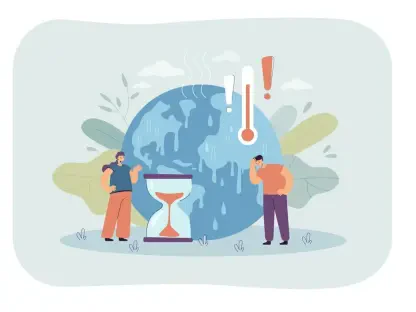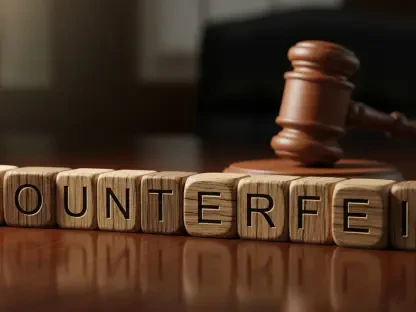I’m thrilled to sit down with Desiree Sainthrope, a legal expert with a profound understanding of the intersection between law and technology. With her extensive background in drafting trade agreements and navigating global compliance, Desiree also brings a sharp perspective on emerging issues like the use of Artificial Intelligence (AI) in the legal field. Today, we’ll explore her insights on the recent concerns surrounding AI in the federal judiciary, the risks it poses to fairness and accountability, and the broader implications for the legal system as technology continues to evolve.
How did you first become aware of the potential misuse of AI in federal courtrooms, and what initially drew your attention to this issue?
I’ve been following the integration of technology into legal practice for years, and AI has been a growing topic of interest. My concern spiked when I started hearing about errors in court orders that seemed inexplicable—things like citing nonexistent evidence or misquoting laws. These weren’t just minor typos; they were fundamental mistakes that could alter the outcome of a case. It became clear that AI tools, while powerful, were being used without proper oversight, and I felt compelled to dig deeper into how this was affecting the judiciary.
Can you describe some of the specific errors that have surfaced in court orders due to AI misuse, and how these mistakes impact the integrity of a case?
Absolutely. In some instances, court orders have named parties who weren’t even involved in the case, referenced evidence that didn’t exist, or included fabricated quotes attributed to defendants. These aren’t trivial errors; they strike at the heart of a case’s credibility. When a judge issues an order with such inaccuracies, it can mislead litigants, delay proceedings, or even lead to unjust rulings. It erodes trust in the system, especially when the errors go unchallenged or unnoticed.
What are your thoughts on how judges have responded when these AI-generated errors were brought to their attention?
I’ve noticed a troubling pattern of minimization. Some judges have dismissed these mistakes as mere clerical issues, which downplays the gravity of the situation. What’s more concerning is the lack of transparency—removing flawed orders from public record without explanation doesn’t rebuild confidence; it undermines it. I think this reaction stems from a discomfort with admitting that technology, which is supposed to assist, has led to such significant lapses under their watch. There needs to be more ownership of these mistakes.
When judges attribute these errors to staff members, such as law clerks or interns, how do you view their accountability in those situations?
While it’s understandable that staff often handle preliminary drafting or research, the ultimate responsibility lies with the judge. Their name is on the order, and they’re the ones entrusted with ensuring justice. Blaming a staff member doesn’t absolve a judge of accountability any more than a lawyer can blame a paralegal for a flawed brief. It highlights a gap in oversight and training. Judges must ensure that everyone in their chambers understands the limitations and risks of AI tools.
There’s a particular concern about vulnerable litigants, like those without legal representation, being disproportionately harmed by AI errors. Can you elaborate on the risks they face?
This is a critical issue. Indigent parties or those representing themselves often lack the resources or knowledge to spot errors in court orders, let alone challenge them. If an AI-generated mistake goes uncorrected, it could result in unfair rulings that they’re powerless to appeal. This creates a two-tiered system where only those with sophisticated legal help can catch and rectify these errors, while others are left at a disadvantage. It’s a stark reminder that technology can exacerbate existing inequalities if not managed carefully.
AI has been described as both a powerful tool and a potential danger in the legal field. What specific risks do you see in relying on it for tasks like drafting court orders or conducting legal research?
The biggest risk is over-reliance. AI can generate content quickly, but it often lacks the nuance and judgment that legal work demands. It can produce plausible-sounding but entirely inaccurate information—fake citations, fabricated quotes, or misinterpretations of law. If judges or staff don’t rigorously verify AI output, it can lead to decisions based on falsehoods. There’s also the ethical concern of delegating judicial reasoning to a machine, which can’t grasp the human or contextual elements of a case.
How do you think the judiciary can strike a balance between leveraging AI’s benefits and safeguarding against its pitfalls?
It starts with clear guidelines and training. The judiciary needs formal policies on AI use, specifying what tasks it can and cannot be used for. Training programs for judges and staff on the technology’s limitations are essential. Additionally, transparency measures—like requiring disclosure of AI use in filings or orders—can help maintain accountability. Some judges have already implemented rules requiring certification of accuracy, which is a step in the right direction. It’s about using AI as a tool to assist, not to replace, human judgment.
What is your forecast for the role of AI in the federal judiciary over the next decade?
I believe AI will become more integrated into the legal system, particularly for mundane tasks like document review or preliminary research. However, I foresee a period of growing pains as the judiciary grapples with regulation and oversight. If handled correctly, with robust guidelines and ethical standards, AI could enhance efficiency without compromising justice. But if misuse continues unchecked, we risk further erosion of public trust in our courts. I’m hopeful, though, that the current scrutiny will push the system toward a more cautious and responsible adoption of this technology.









